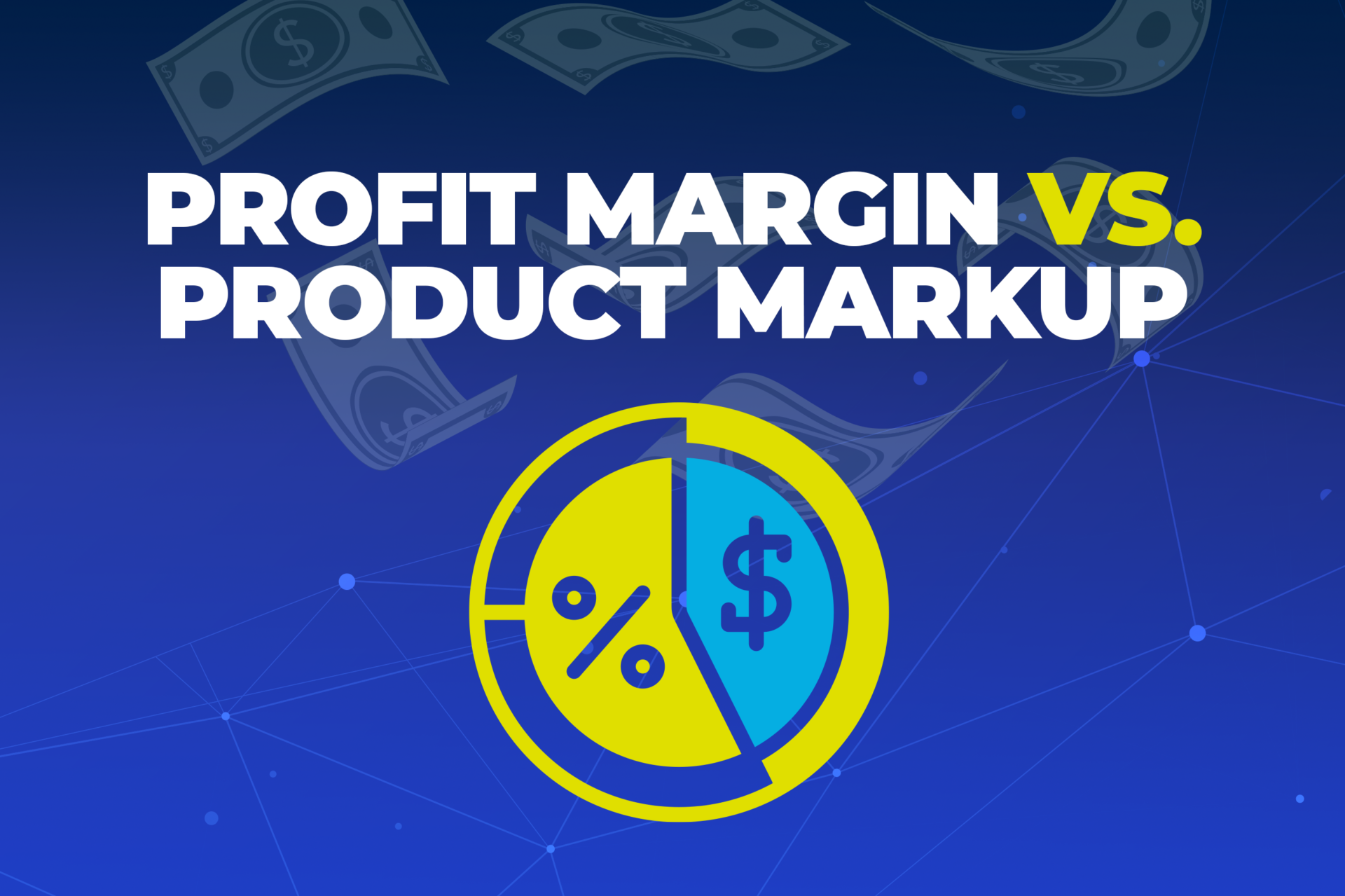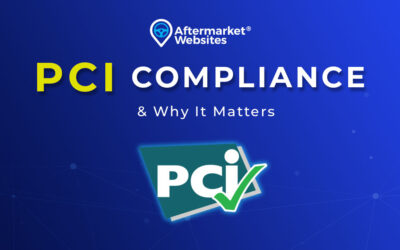Though they are often used interchangeably, markup and margin aren’t the same thing, and understanding the difference can ensure your shop stays in the black—and in business! This article will explain the difference between the two terms and how you can use that knowledge to run smart sales and achieve your profitability goals. We’ll also tell you about a free tool you can use to quickly and easily set prices that achieve your desired margin.
Markup
Markup is the percentage of your cost that you add on to get your desired selling price. For example, if your wholesale cost for an LED light pod is $100 and you want to sell it for $150, you mark it up by 50%:
| Your Cost + | 50% Markup = | Selling Price |
| $100 | (100 x 0.50) | $150 |
You can see that markup has to do with the original cost. Margin, on the other hand, has to do with the final selling price. Let’s take a look.
Margin
Margin is the percentage of the selling price that is profit. Let’s say you sold the LED light pod in the previous example and made $50. To find the margin percentage of that sale, you divide the profit by your selling price:
| Profit ÷ | Selling Price = | Margin Percentage |
| $50 | $150 | 0.33 or 33% |
The difference in percentage—50% markup vs. 33% margin—illustrates that markup and margin are not the same. In fact, you had to mark up your LED light pod 50% just to achieve a 33% profit margin. It’s a common mistake to use markup when you really mean margin. When thinking about pricing, it is helpful to first decide what you want your margin percentage to be; that will help you calculate what markup percentage you should use.
The good news is that you don’t have to be a math whiz to figure it out. The handy reference chart below includes some common desired margins:
| Desired Margin | Required Markup |
| 13% | 15% |
| 16.7% | 20% |
| 20% | 25% |
| 23% | 30% |
| 25% | 33.3% |
| 28.6% | 40% |
| 30% | 43% |
| 33% | 50% |
| 42.9% | 75% |
| 50% | 100% |
If you know what your desired margin is, you can also work out a selling price from a cost price at any time using a simple system that skips markup altogether:
| Desired Margin | Divide Cost By |
| 5% | 0.95 |
| 10% | 0.90 |
| 15% | 0.85 |
| 20% | 0.80 |
| 25% | 0.75 |
| 30% | 0.70 |
| 35% | 0.65 |
| 40% | 0.60 |
| 45% | 0.55 |
| 50% | 0.50 |
| 55% | 0.45 |
Take your LED light pod. If your cost is $100 and you wanted to achieve a 35% margin, you’d divide that cost by 0.65 to find the necessary selling price:
100 ÷ 0.65 = $153.85
Why Margin Is Important
We’ve been talking about profit margin in general, but there are really two categories. Gross profit margin considers the cost of goods but not overhead expenses. Though this can be a useful concept, the number you really need to be working with is the net profit margin, which represents profit after all expenses are accounted for. If your margin doesn’t account for your shop’s overhead, you can have cash coming in but still be losing money. Your pricing, then, should accomplish three important goals:
- Cover your operating expenses percentage
- Recover your cost of goods
- Achieve your desired net profit margin
If you need help determining a healthy net profit margin, an accountant can look at your overall business picture and help you crunch the numbers. Armed with the right information, you can establish minimum acceptable margins and make smart pricing decisions to avoid losing money.
Don’t Sale into the Red
Sales can be tempting. Customers obviously like them, and they can be a great way to move old or stale inventory. Before you decide to launch your next special, however, you’ll want to make sure that you’ll at least break even—and certainly not lose any money.
For example, say you’ve been sitting on a bunch of racing oil that hasn’t sold. It’s time to mark it down, move it out, and make room for something else.
Your cost for each quart was $3.75 and you’ve been selling it for $6.95. You decide to offer it at 50% off ($3.48) and get back your money. At that rate, you will recover most of your cost, but you’re still going to lose money. Why? You have not considered your overhead in the sale!
But if you know your shop’s operating percentage, you can factor it into your sale pricing. Say your overhead percentage is 25%. Your break-even point, then, is your cost plus 25% (i.e., a 1.25 multiplier). Here’s what it looks like:
| Cost of Item x | Overhead = | Break-Even Point |
| $3.75 | 1.25 | $4.68 |
Now you can determine the biggest discount you can give and still be in the black. Or start a staggered sale and increase the discount (to your limit) as time goes on and until the inventory is cleared. The following chart tells us that if we offer much more than 30% off during our sale, we’re going to start losing money:
| Discount | Sale Price | Break Even | Net Profit |
| 10% | $6.26 | $4.68 | $1.58 |
| 20% | $5.56 | $4.68 | $0.88 |
| 30% | $4.87 | $4.68 | $0.19 |
| 40% | $4.17 | $4.68 | $0.51 LOSS |
| 50% | $3.48 | $4.68 | $1.20 LOSS |
Price Manager Tool
While it’s important to understand the business basics outlined above, it’s also helpful to have a few time-saving shortcuts in your back pocket. Our exclusive Price Manager tool, which you can use as part of your membership with Aftermarket Websites®, automatically calculates margin percentage and margin dollars for a part based on the information you enter, such as MSRP, jobber price, and even labor rate and hours. Competitive pricing data, as available, will help you gauge how your pricing compares to prominent industry sellers. Adjust your numbers on the fly to work out how different variables result in different margins. To access this free tool, log in to your account today! While you’re there, be sure to check out all the other free tools we’ve designed to help your business succeed, including rental car and hotel discounts, prewritten social media posts (ReadyPosts), shop-branded apparel (Shirt Shop), a POP catalog, lifestyle images, and much more.




